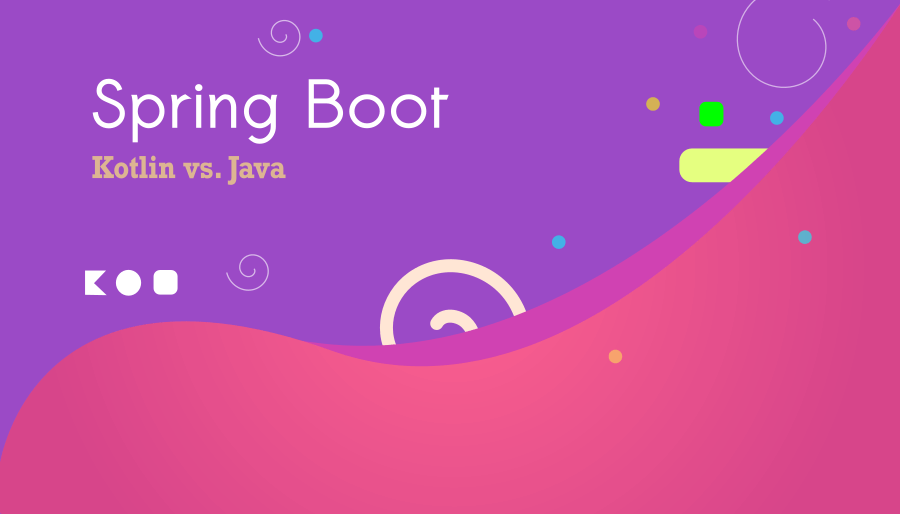Spring Boot Kotlin vs Java: Unveiling the Ideal Development Choice
Developers diving into String Boot application development often confront a pivotal choice: Spring Boot Kotlin vs Java. These two stalwarts in the programming world possess unique strengths and features, leaving developers pondering over the best fit for their projects.
Java, with its long-standing dominance in the programming sphere, has been the primary choice for Spring Boot development. Renowned for its reliability and extensive community support, Java has been the cornerstone of enterprise-grade applications. However, the emergence of Kotlin has presented a compelling alternative.

Kotlin, a statically typed language introduced by JetBrains, swiftly gained traction due to its concise syntax and seamless interoperability with Java. Its succinct code structure allows for more efficient coding, potentially reducing errors and enhancing productivity.
Furthermore, Kotlin’s null safety feature inherently addresses the notorious NullPointerException issue that has plagued Java developers for years. This feature not only streamlines development but also improves code quality significantly.
Spring Boot vs Java: A Developer’s Perspective
Meanwhile, Java, with its extensive legacy and a vast repository of libraries and frameworks, remains a formidable force in Spring Boot development. Its maturity and stability provide a solid foundation for building scalable applications. Moreover, Java’s familiarity among developers and performance optimization capabilities make it a preferred choice for many.

Additionally, Java’s established position in the enterprise ecosystem ensures ample resources, documentation, and community support, offering developers a wealth of knowledge to tap into while working on Spring Boot projects.
The choice between Kotlin and Java
The choice between Spring Boot Kotlin and Java, therefore, revolves around various factors, including project requirements, team expertise, and long-term goals. While Kotlin boasts conciseness and modern features, Java stands firm with its reliability and extensive ecosystem.
Hence, for projects requiring rapid development cycles and a more expressive codebase, Kotlin emerges as a favorable choice. Conversely, when dealing with projects demanding a mature and time-tested solution, Java could be the more prudent selection.
In conclusion, both Kotlin and Java bring unique strengths to Spring Boot development. Understanding your project’s nuances will play a pivotal role in determining the most suitable language for your endeavors.
In summary, whether you opt for Spring Boot Kotlin or Java, leveraging the strengths of each language will undoubtedly lead to robust, scalable, and efficient applications that meet the demands of modern software development.



